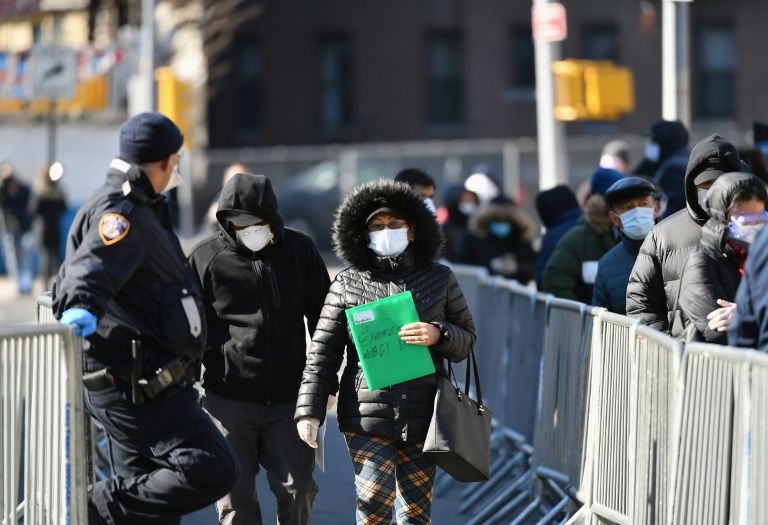IS destroys another ancient temple in Palmyra
The Islamic State jihadist group has blown up parts of the Temple of Bel in Syria\’s ancient city of Palmyra, a monitor and activists said.
The Syrian Observatory for Human Rights said late Sunday that the jihadist group had placed explosives inside the famed temple, at least partially destroying the building considered Palmyra\’s most significant.
Mohamed Hassan al-Homsi, an activist from Palmyra, also reported the partial destruction on Sunday night, a week after IS destroyed the Baal Shamin temple at the historic Greco-Roman site.
"They laid the explosives today, using booby-trapped boxes and barrels that were already prepared by IS," he said.
"This was the most important temple for tourists and for the people of Palmyra. They used to hold festivals there."
Homsi, who goes by a pseudonym, said the inner part of the temple was destroyed in the blast.
Syria\’s antiquities chief Maamoun Abdelkarim, reached by phone in Damascus, said he could not confirm the destruction
"Rumours about these ruins are always coming out so we have to be careful about news like this," he said.
There were also no immediate images released by IS of the reported destruction.
The reports come a week after IS blew up the smaller Baal Shamin temple in the UNESCO-listed Palmyra ruins.
That destruction was first reported by activists and Abdelkarim, and later confirmed in images released by IS online.
IS, which controls swathes of Syria and neighbouring Iraq, captured Palmyra on May 21, sparking international concern about the fate of the heritage site described by UNESCO as of "outstanding universal value".
Known as the "Pearl of the desert", Palmyra, which means City of Palms, is a well-preserved oasis 210 kilometres (130 miles) northeast of Damascus.
Before the arrival of Christianity in the second century, Palmyra worshipped the Semitic god Bel, whose temple was considered the city\’s most significant, along with the sun god Yarhibol and lunar god Aglibol.
Before the Syrian conflict erupted in March 2011, more than 150,000 tourists visited Palmyra every year.
IS mined the ancient site in June before destroying the Lion Statue of Athena outside the Palmyra museum.
Most of the pieces in the museum were evacuated by antiquities staff before IS arrived, though the jihadists have blown up several historic Muslim graves.
Earlier this month, IS beheaded the retired long-time chief of antiquities in Palmyra, Khaled al-Assaad.
More than 240,000 people have died in Syria\’s conflict since March 2011.
SOURCE: AFP
[do_widget_area inner_adsbar]










